
How to Use EWTS Roleplay Cards
There are numerous ways to play with the cards, and you’re encouraged to be creative. To get you started, here are some suggested ways to begin your roleplay journey.

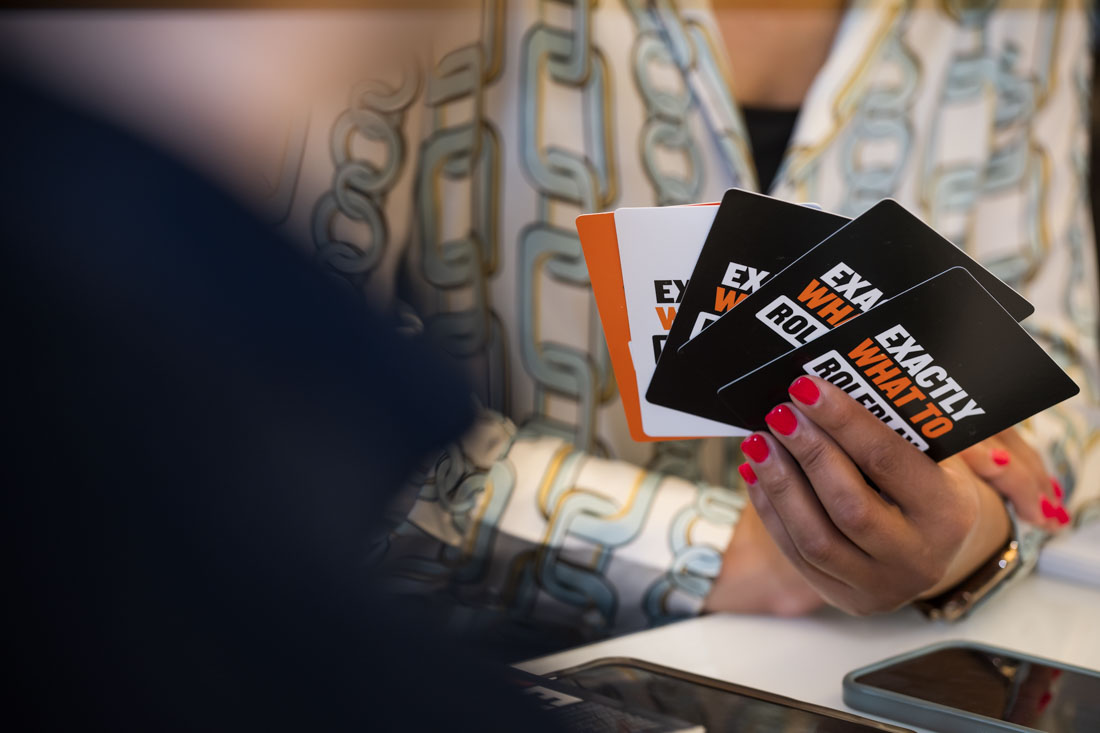


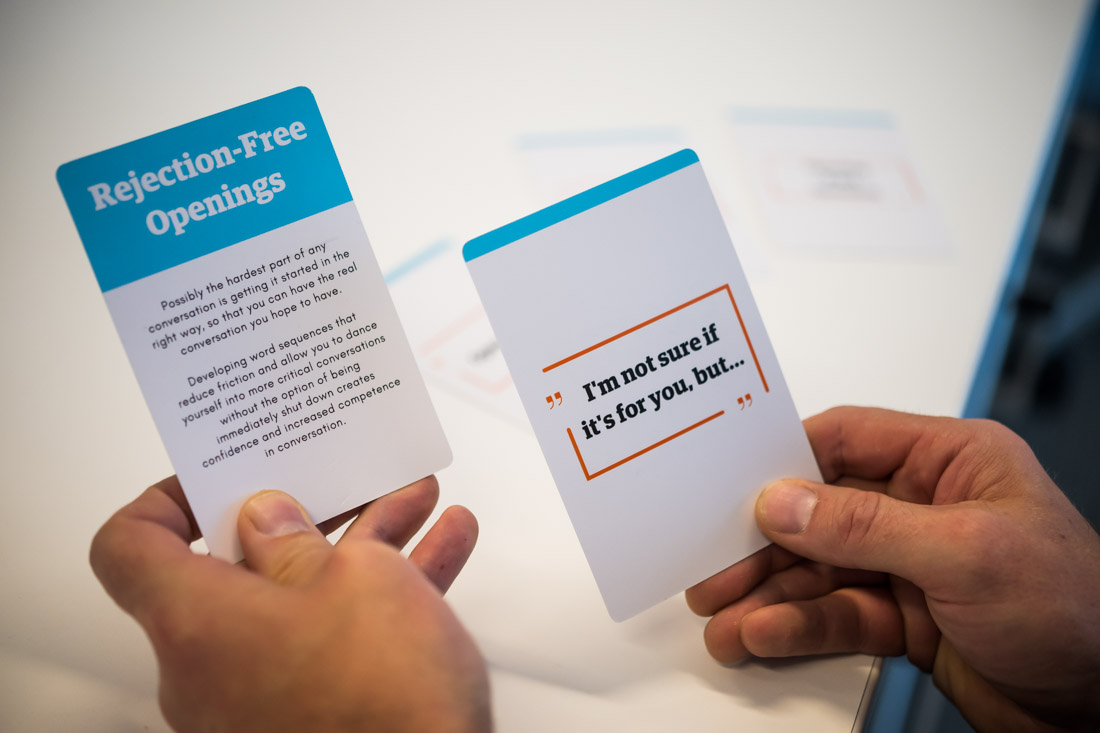





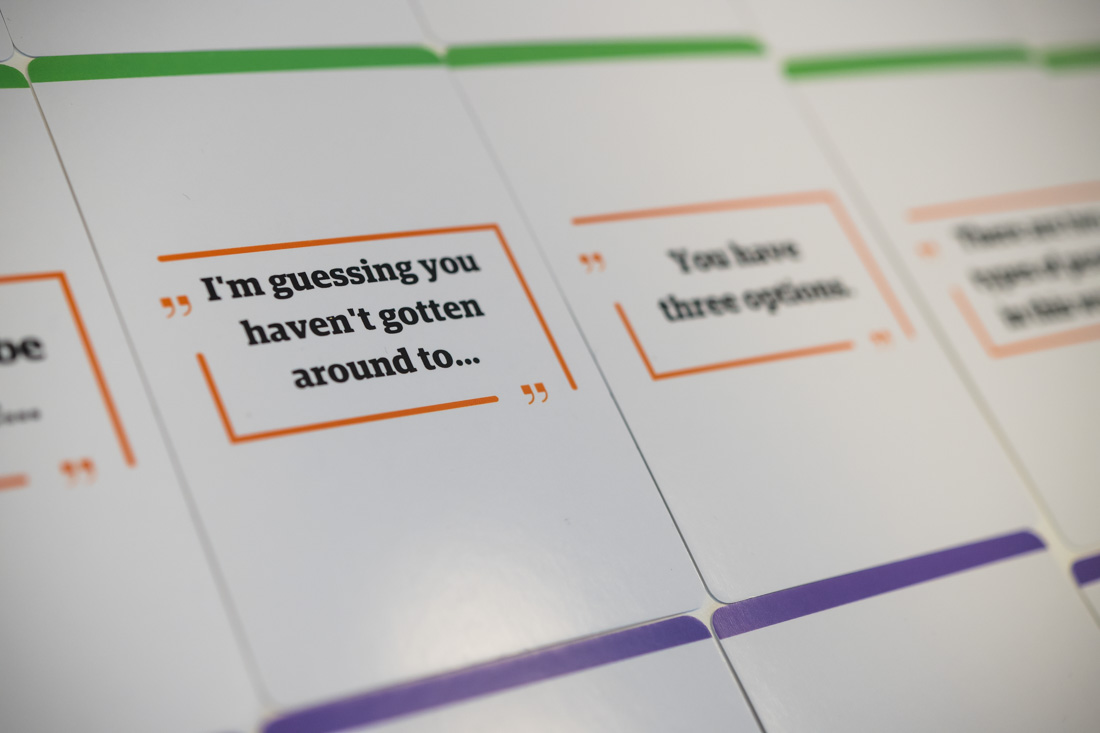


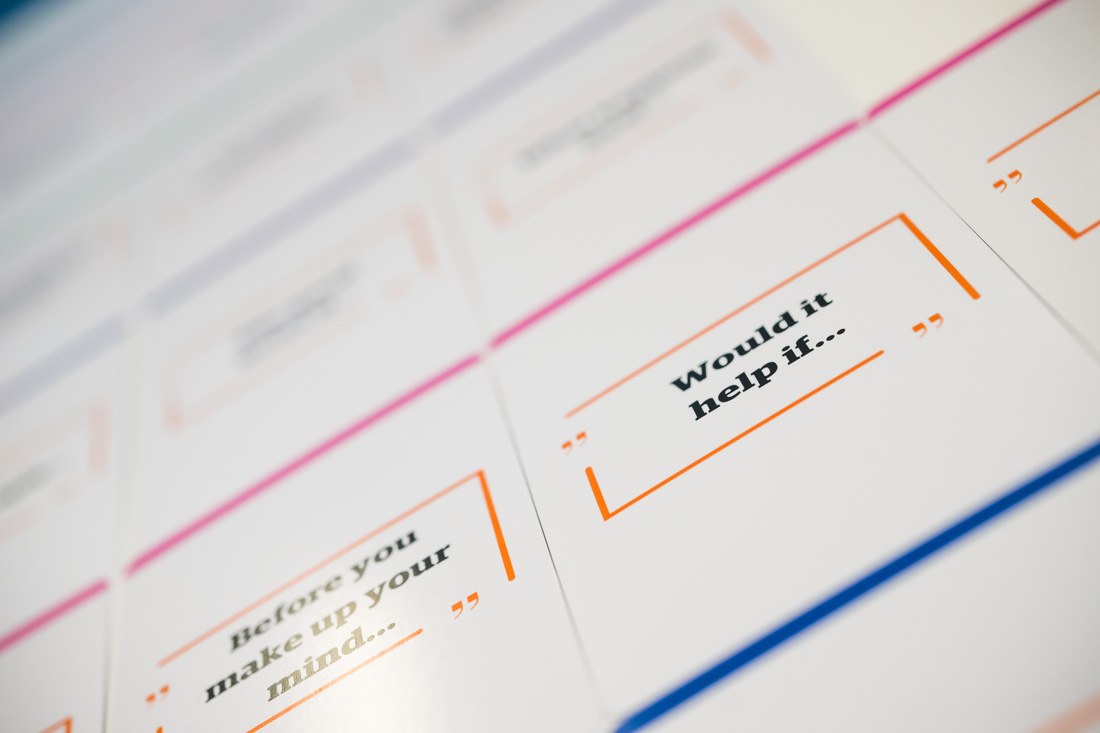





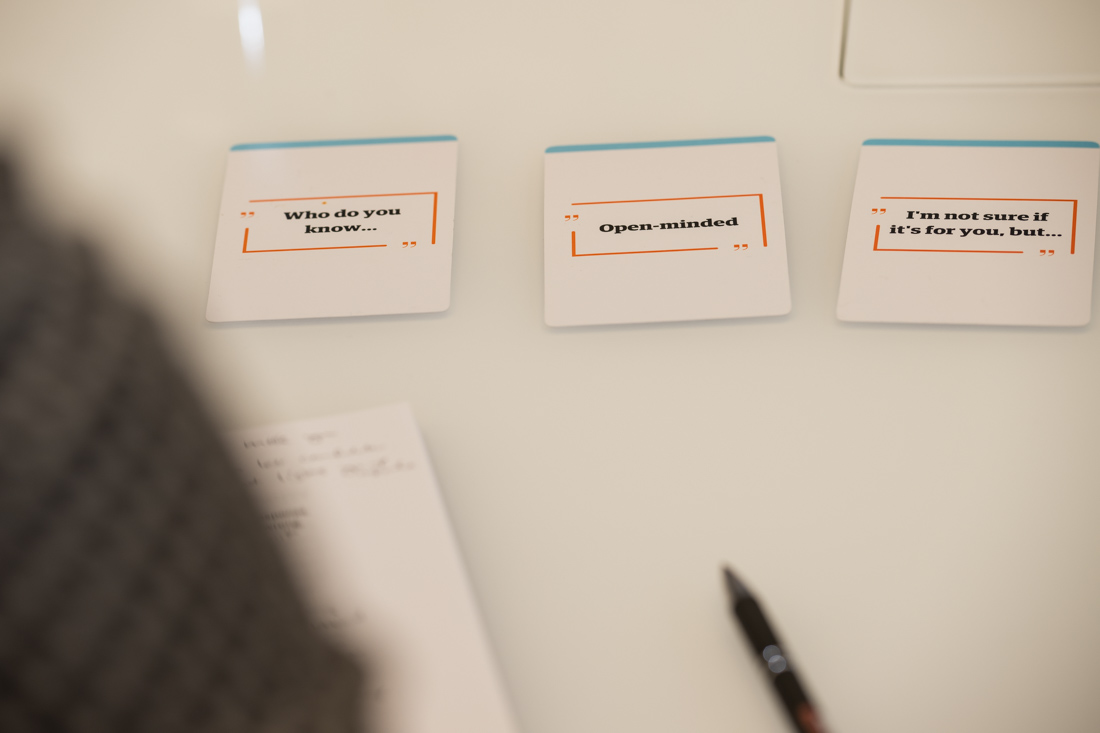


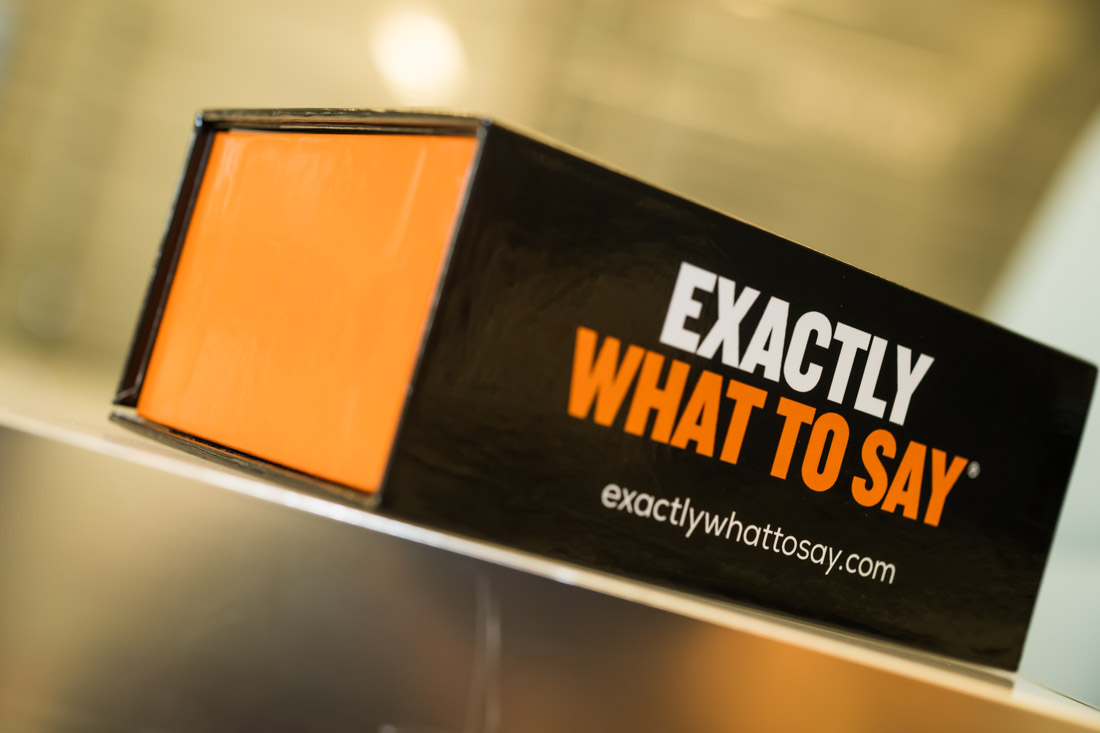
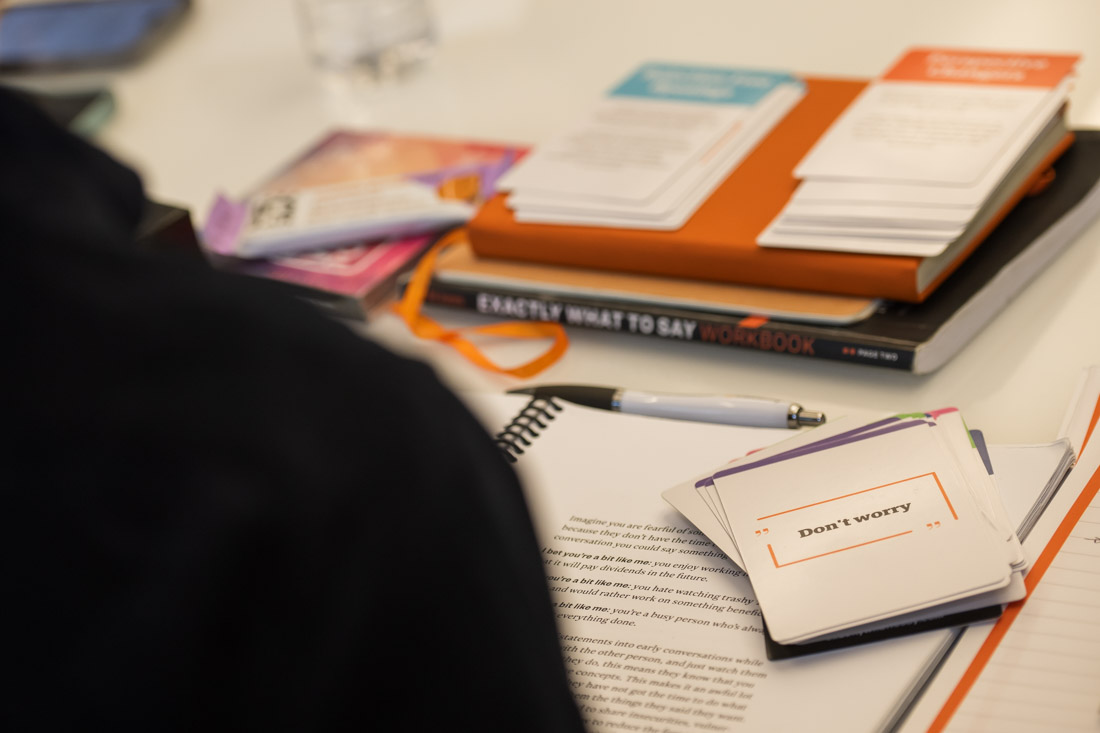




What is Roleplaying?
Why Roleplay?
- Enhance communication skills
- Boost confidence
- Encourage creativity
- Improve problem-solving
- Feel empowered to handle objections
- Build empathy
Roleplay Cards

32 Magic Words Phrase Cards

Scenario/Setting
Cards

Objection
Cards
The 32 Magic Words phrases are categorized and color coded:

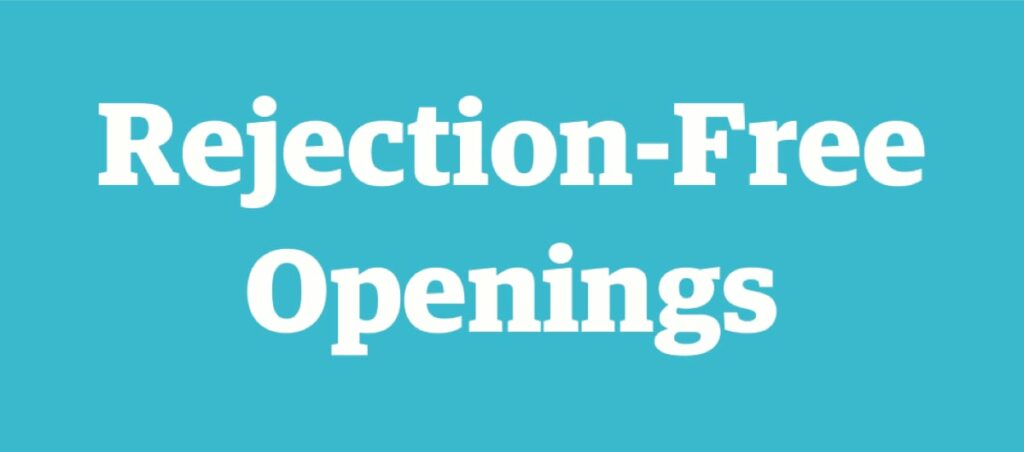
Possibly the hardest part of any conversation is getting it started in the right way, so that you can have the real conversation you hope to have.
Developing word sequences that reduce friction and allow you to dance yourself into more critical conversations without the option of being immediately shut down creates confidence and increased competence in conversation.

Sometimes all you are aiming to do in a conversation is invite the other person to see things from a slightly different point of view.
These Magic Words empower you to shift their vantage point and add more curiosity to your talk track, letting them see things from an alternative reality and put you back in control of the conversation.

Being assumptive in a conversation, when combined with integrity, is the spoken equivalent of leading a dance, conducting an orchestra or being the coxswain on a boat.
It narrows the quantity of possible decisions and focusses the attention where the effort needs to be applied. Framing a statement, ask or invitation in an assumptive way almost always accelerates the speed of decision.
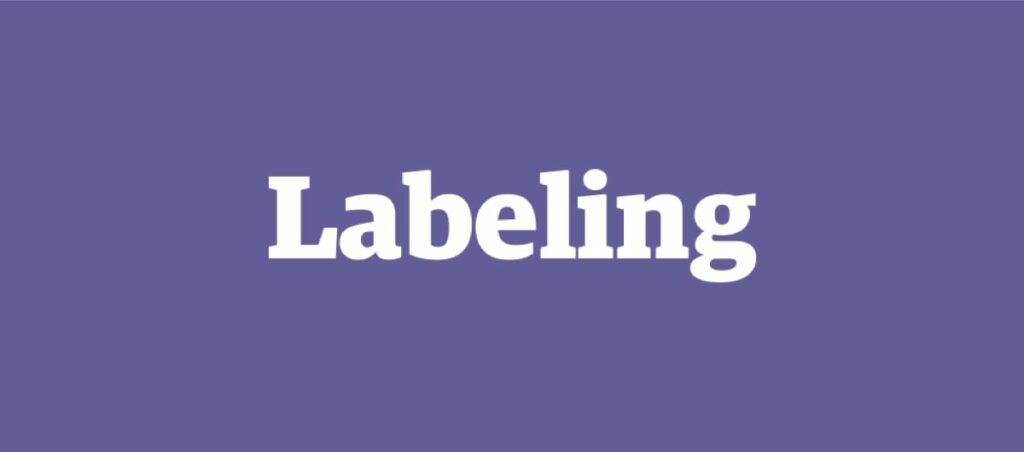

When conversations are not going your way, the easiest option is to give up, walk away and accept that on this occasion you will not reach your desired outcome. That is, unless you have a handful of Magic Words that allow you to remain purposeful in the conversation, step back to a position of curiosity and explore what new possibilities you can create.

Rarely is it possible for the success of a conversation to be measured as win or a loss. The outcome is never black or white, more often, conversational success is a shade of gray, with the truth being that you always achieve something and you almost always could have achieved more. These final examples may just make the difference to help you achieve a little bit extra, a little more often, with a few more people.
Ways to play
Solo Game 1



2. Draw one Orange, Black and White card to determine the setting/scenario, an objection and magic phrase.



5. Then draw a new White card and repeat roleplaying the original objection with every White card in the deck.




Solo Game 2



2. Draw one Orange, Black and White card to determine the setting/scenario, an objection and magic phrase.



5. Reverse the process and use every Black card with the original White card until you have gone through all the Black cards in the deck.




Back and Forth











Elimination







Objection Handling



2. Facilitator will draw an Orange Card and reveal the setting/scenario. Each group will draw a Black Objection card.





Team Play












6. Starting player selects 1 Black card.


Speed Round


5. After each round, the facilitator turns over a new Black Objection card.
Collaboration

Real Estate Agents

Responder





The are endless possibilities of how to roleplay with the cards. We look forward to you sharing your ways to play in our “Exactly What to Roleplay” Facebook Group!
